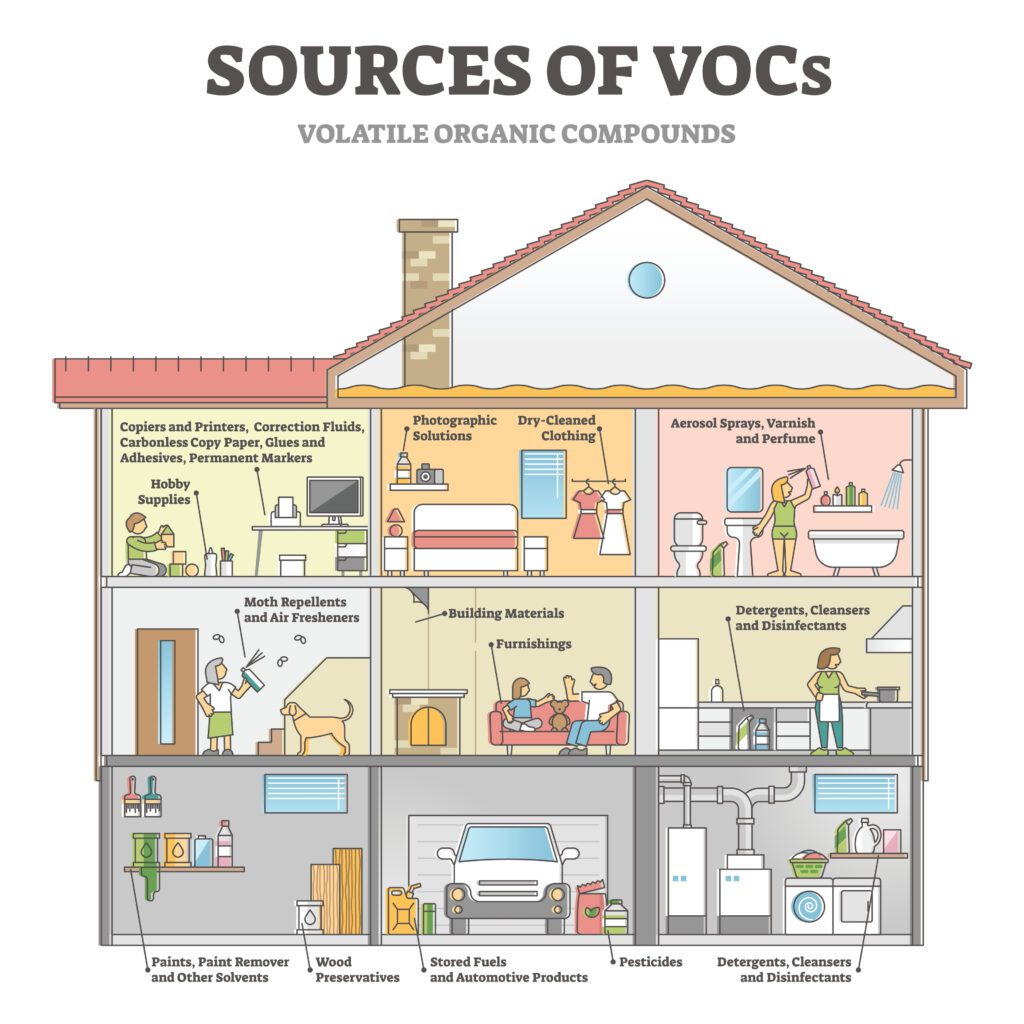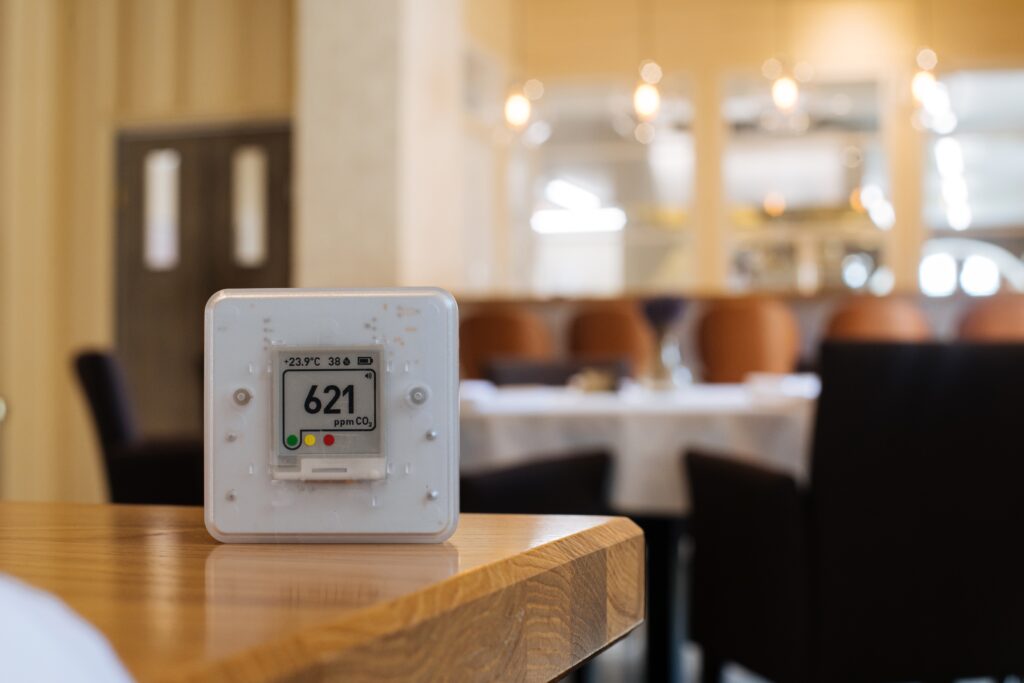The thought of pollution often triggers smog in cities, exhaust from vehicles, or black smoke coming from industrial buildings. But did you know that your indoor air can actually be much worse than the pollution outside?
Find out more about your indoor air quality, why it matters, and what you can do to keep it as clean as possible.
Why Does It Matter?
We often think of the outdoor air as being much dirtier than indoor air, but that’s not always the case. Outdoor pollution can be significant, but there’s evidence that the air within our homes and workplaces is more seriously polluted than the outdoors – and may come with bigger consequences.
When your indoor air is clean, you’re not tasking your body with filtering out dust, pet dander, mold, and other contaminants, some of which you breathe in. You’re also less likely to suffer from severe allergies or complications with respiratory issues like COPD or asthma.
What Could Be in Your Air?
Wondering what’s lurking in your indoor air? Let’s find out.
Pet Dander
Pet dander consists of microscopic flecks of skin shed by cats, dogs, birds, rodents, and other animals with fur or feathers. When people have pet allergies, they’re usually a result of the pet dander, but they may also be triggered by saliva, urine, and sweat.

If you have any of these pets, you likely have pet dander in your indoor air that can end up in your household dust.
Dust
Dust is composed of dead skin cells, pet dander, bits of insects, and other particles. Dust mites are tiny insects that feed on dust.
Dust mites often live in mattresses, bedding, and upholstered furniture, but they can be found throughout your home. Dust mite allergens are among the most common indoor allergies and can trigger asthma and other breathing issues.
Mold
Mold can grow both indoors and outdoors, but it can enter your home via doorways, windows, vents, or clothing. For people who are sensitive to mold, it can cause throat irritation, coughing, wheezing, stuffiness, or eye irritation.
Carbon Monoxide
Carbon monoxide is a colorless, odorless gas that can be dangerous in high concentrations. A common combustion pollutant, carbon monoxide comes from unvented kerosene and gas space heaters, wood stoves, fireplaces, and gas stoves.
At high concentrations, carbon monoxide can be fatal, but at lower levels, it may cause symptoms like headaches, weakness, nausea, dizziness, and fatigue.
Lead
Lead was common in homes for millennia. Even as recently as the 1970s, lead was still used for household pipes, pots and pans, and paint, leading people to become sick. The US passed laws to reduce the use of lead during this period, but it’s still present in homes built before 1978.
When lead becomes airborne, it can enter your body when you breathe it in or swallow the particles. At high levels, lead can affect all systems of the body, causing convulsions, coma, or death. Even small exposure levels can have a negative effect on the brain, blood cells, kidneys, and central nervous system.
Radon
Radon is an odorless, invisible, radioactive gas that’s naturally released from rocks, soil, and water. Itcan enter homes through small cracks or holes, or it may build up in the air. The health risks associated with radon come from breathing in radioactive particles that can be trapped in the lungs, leading to tissue damage and lung cancer.
Volatile Organic Compounds
Volatile organic compounds (VOCs) are vapors or gasses with carbon that are volatile by nature. Many indoor products release VOCs, such as paints, stored fuels, wood preservatives, building materials, office equipment, disinfectants, furnishings, and indoor cleaning products.

VOCs are the most common contaminant in office and industrial settings. Short-term exposure can cause respiratory problems, allergic skin reactions, nausea, dizziness, and headaches, but long-term exposure can lead to nervous system damage, liver damage, and kidney damage.
How to Measure Indoor Air Quality
There are many ways to measure and test your indoor air quality, including:
Specialty Monitors
Specialty indoor air quality monitors provide high-quality professional testing to find out what pollutants you have in your home. These monitors can be pricey, but they test for multiple pollutants to ensure you have accurate, comprehensive results.



